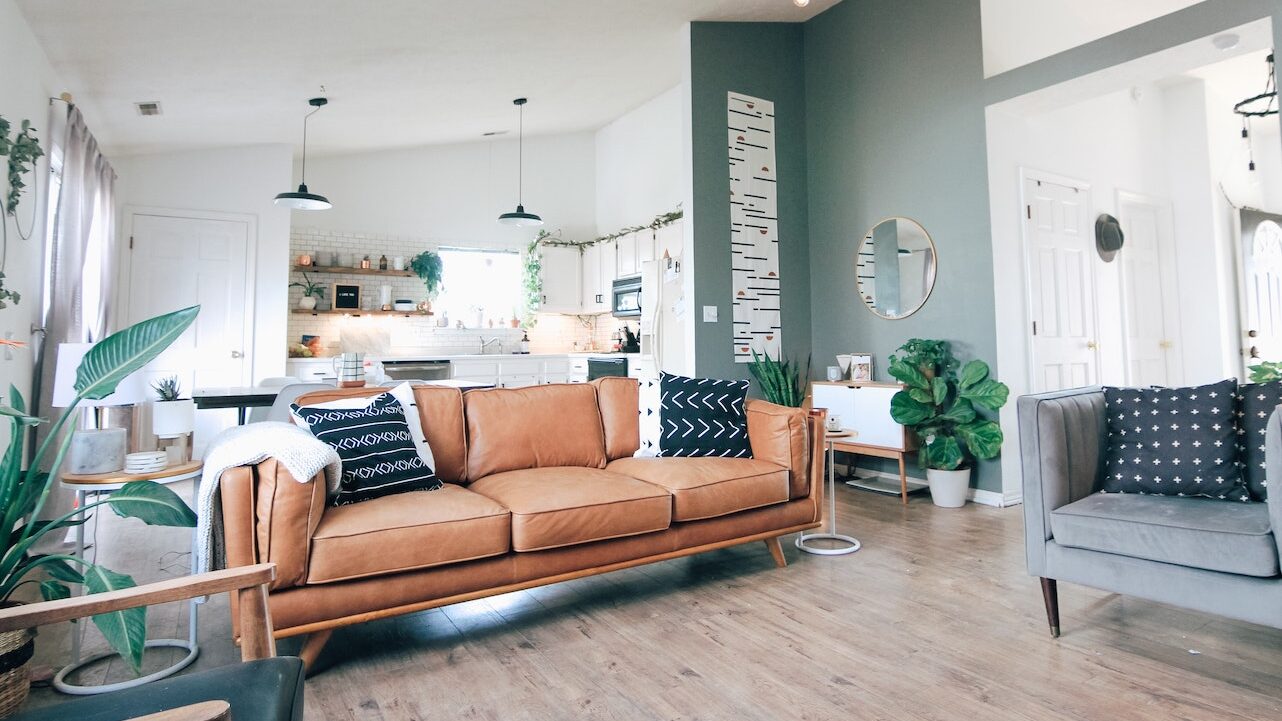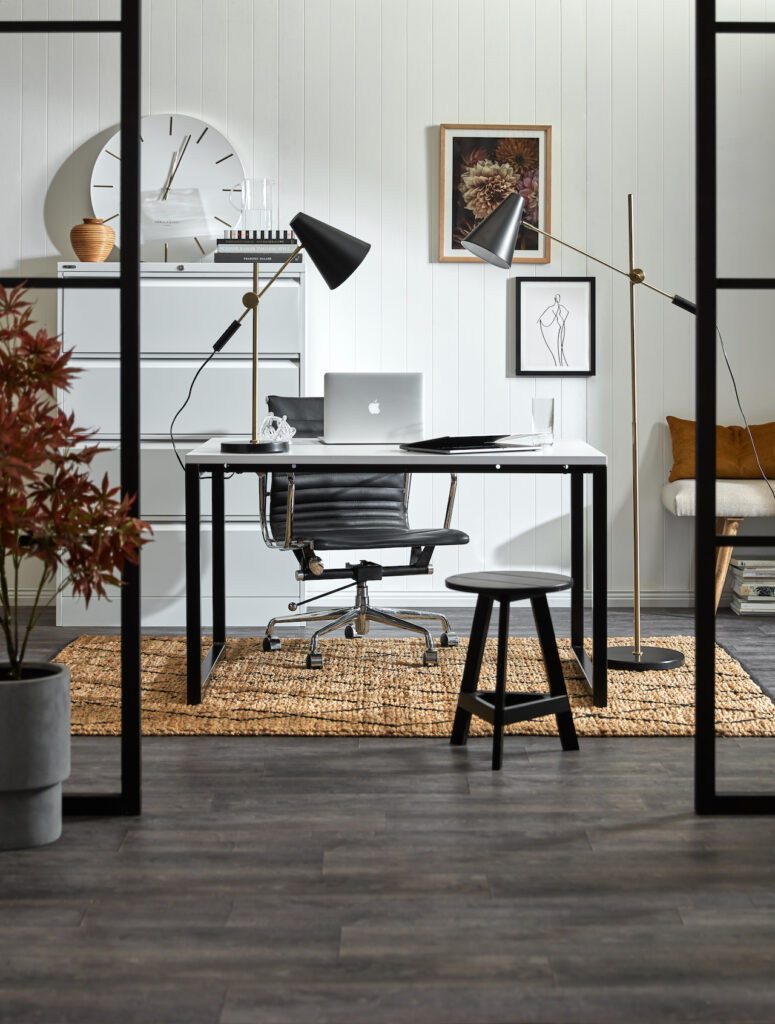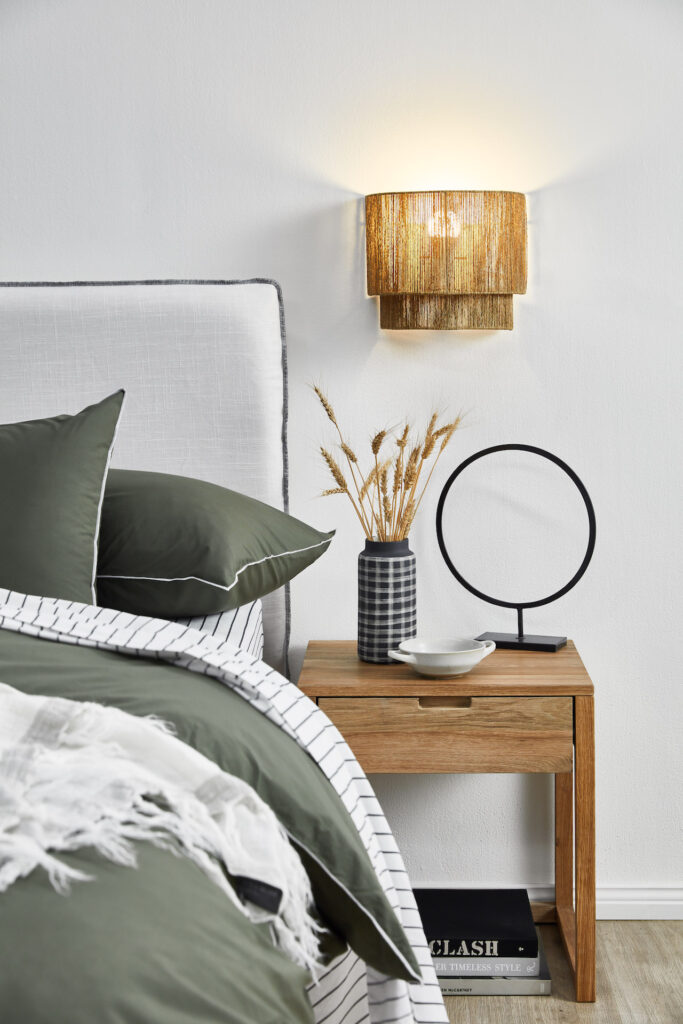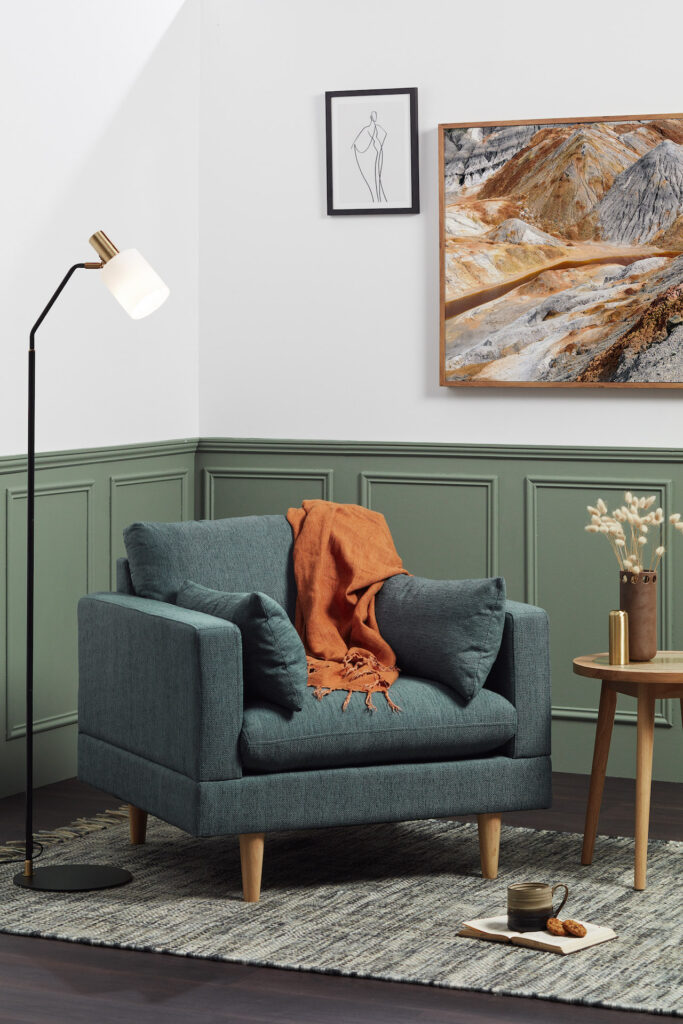Can better lighting help with seasonal affective disorder?

As the months get colder and the days get shorter, you may experience what’s known as seasonal affective disorder, or SAD. You don’t have to suffer through the winter blues, however. Here’s how to combat seasonal affective disorder season at home with better light.
What is seasonal affective disorder (SAD)?
Seasonal affective disorder – also known as SAD – is a condition that can creep up in the cooler months of autumn and winter.
But it’s more than just being down about the weather. SAD is a type of depression that professionals believe stems from a lack of exposure to sunlight during the shorter days of the year.

Beyond Blue believes that SAD is linked to improper hormone production and an affected hypothalamus. Its exact causes need further research, but science is already coming up with ways to treat it.
What are the symptoms of seasonal affective disorder?
Seasonal affective disorder can present in a number of ways.
Symptoms can include:
- Lethargy and lack of energy;
- Oversleeping or always feeling tired;
- Overactive appetite;
- Weight gain;
- Sadness or depressive symptoms,
- And more
If you feel any of these symptoms, you should see your GP to discuss treatment.
Can you treat seasonal affective disorder with light?

First and foremost, if you believe you have SAD, you should consult a GP or other medical professional to help deduce a treatment plan for you.
One treatment that has produced results, however, is known as “light therapy”.
Light therapy is designed to combat seasonal affective disorder by simulating exposure to natural light to stimulate recovery.
Researchers from Harvard University found that exposure to bright light can “stimulate cells in the retina that connect to the hypothalamus” to help resynchronise normal circadian rhythms.
According to researchers, the effectiveness of the therapy is all about the “lux” of the light. Harvard notes that a bright day measures around 50,000 lux, and recommends exposure to a 10,000 lux light in the home for a period of 30 minutes a day after waking up.
How can you improve your home lighting to help treat seasonal affective disorder?
We spoke to the style team at Temple and Webster about getting more light into your home during the darker months to help stave off seasonal affective disorder.
Considering the problem you’re trying to solve is essential before embarking on a home-lighting mission, according to T&W:
“If you need to concentrate your eyes opt for directional styles with domes or spotlights. If it’s time to unwind and relax, shaded floor or table lamps will create a more calm environment. Think of lamps as sculptural pieces, because they still need to make your interior scheme sing when turned off.
“Layered lighting is also key; vary heights, mix different styles and put lamps in unexpected places like shelving for a cohesive and delightfully cocooning feel,”
Moving your furniture around can also create a more lighted environment:
“Make the most of daylight while the sun is still shining and avoid blocking natural light from entering a room by positioning sofas and tall furniture such as shelving units away from the window.

“Hang a mirror on an adjacent wall to bounce sunlight into a room; it will make smaller spaces or rooms with lower ceilings feel bigger and brighter.”
“If you’re still working from home, set up your office space in a room that is flooded with natural light. Not only will it boost productivity and creativity, it can also reduce the strain on your eyes from relying on the brightness of your laptop screen.
“If you’ve still not finished your days work before the sun has fully set, invest in a streamlined and practical desk lamp that will brighten up your work space.”
Of course, to beat seasonal affective disorder, proper light boxes will prove most effective:
“Light therapy boxes are a great way to mimic outdoor light as they are brighter than the average light fixture. Soaking in the artificial rays for just 30 minutes each day has been shown to ease the symptoms of SAD, boost your mood, and increase energy levels.”
How to get more help
These tips are a good start, but for more help treating seasonal affective disorder, consult your doctor or mental health professional for a treatment plan to suit you.
Luke Hopewell is the editor and co-founder of Redaktör. He's previously been the Editor of Gizmodo, Founding Editor of Business Insider Australia, Editorial Lead for Twitter Australia and more.


